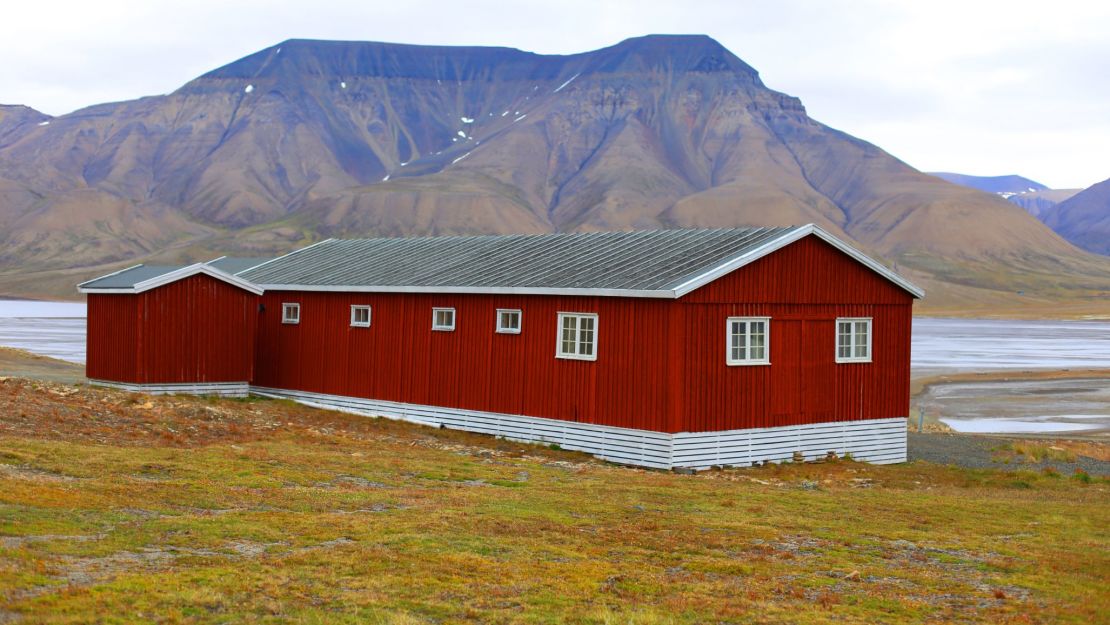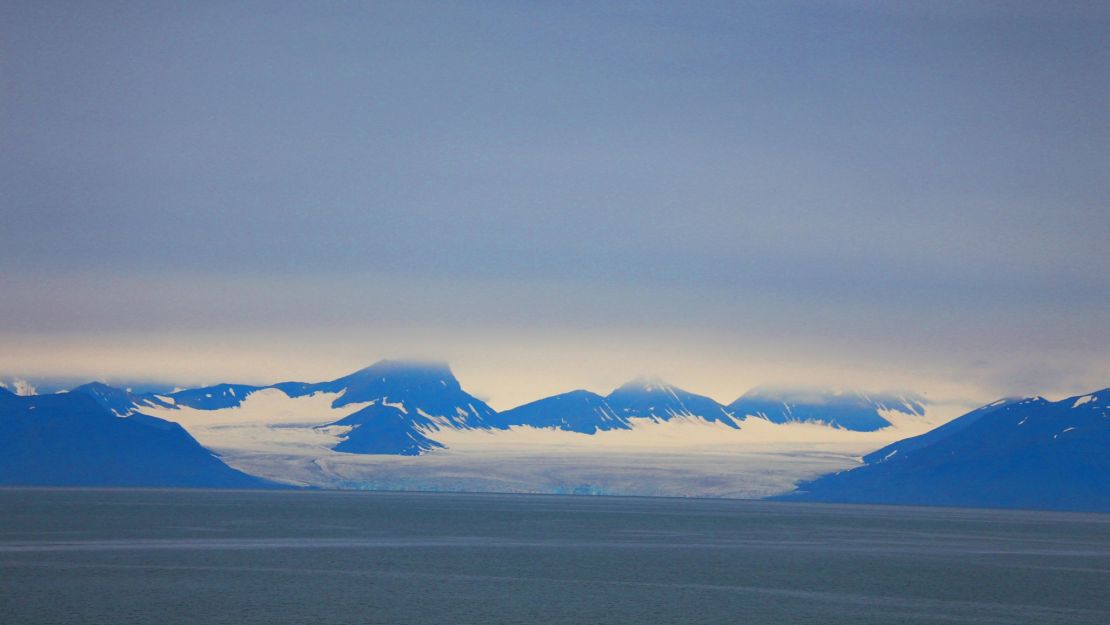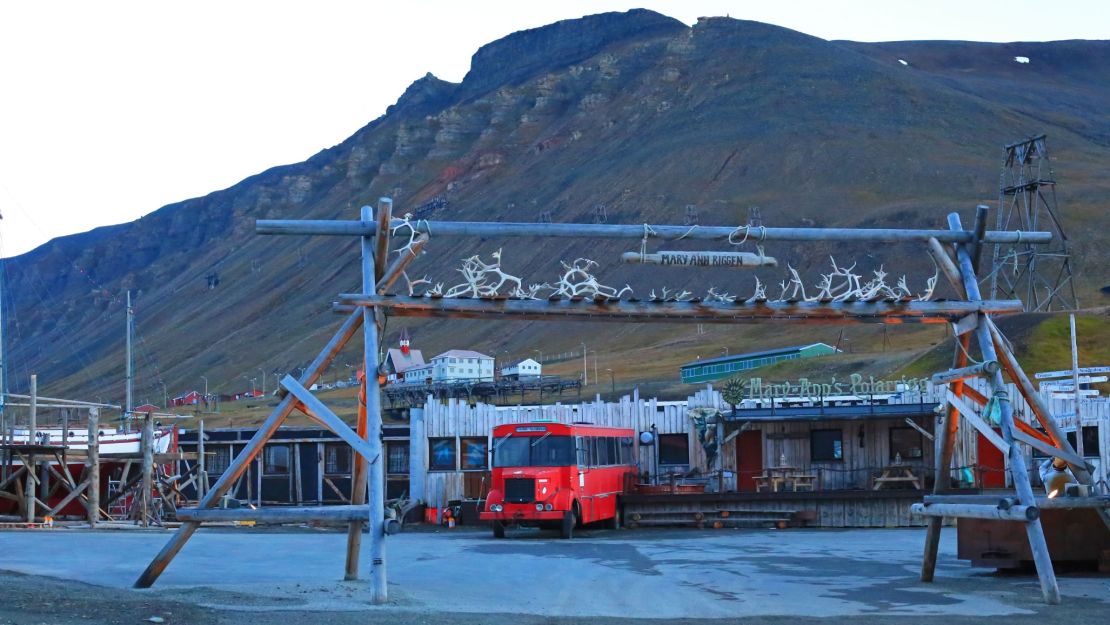In the land of the midnight sun and the northern lights, in the most fragile ecosystem on the planet, you’ll find the world’s northernmost university.
Students from around the world are flocking to the spectacularly remote University Centre in Svalbard (UNIS), which lies at a latitude of 78 degrees north, in the Arctic Sea, midway between Norway and the North Pole.
Their presence reveals how an increasing number of people want to incorporate international travel – even to somewhere remote and potentially hostile – in their studies.
It could also change how this corner of the Arctic learns to make the most of tourism.
There are now 600 students and 75 staff – a huge surge since the university started out in 1993 with an intake of 30.
UNIS is based in Longyearbyen, a Norwegian community of 2,000 residents in the de-militarized Svalbard archipelago.
Russia is the only other country to have a permanent settlement in the region.
World’s northernmost settlement
Getting here involves a flight to Svalbard Airport.
I arrive in the full hazy daylight of summer – even though the time’s around midnight.
A three-kilometer bus ride takes me to Longyearbyen, the world’s northernmost settlement.
This has long been a coal mining community, but low profitability and environmental concerns have led to many mines closing, and unemployment is hitting hard.
There’s a lot riding on the success of UNIS.
Fjords, valleys and glaciers

The university’s location is striking – the glaciated valley of Longyeardalen, lapped by a serene icy fjord, in a tiny city entirely encased in snow-encrusted mountains.
Distant gigantic glaciers glisten in late summer sunlight.
My visit is in August, the most traveler-friendly season for an 11-day circumnavigation of the archipelago by ship, departing from Longyearbyen.
Arctic studies
Courses such as arctic geophysics, geology and biology are enticing natural science students from affiliated universities around the world for a four-month semester.
UNIS is poised to offer its first full degree or masters program as part of planned expansion.
For many undergraduates, the Arctic is their first taste of practical outdoor fieldwork.
It’s a key part of studies here, and the students I spoke to feel privileged to do it in such a unique setting.
One semester proves too little time – many return for further studies or as professors.
“We’ve had midnight barbecues and hikes through summer’s midnight sun,” says Arctic geophysics student Tom Simmons, from England.
“I can’t wait to see aurora borealis and perpetual polar darkness. I’ve already decided to apply for the spring semester too.”
Arctic oil drilling

The frozen landscapes of the Arctic are drawing worldwide attention, with controversial drilling for oil having been scrapped as uneconomical by Shell, a move seen as a victory for environmentalists.
Climate change conversation centers on this pristine yet fragile region.
“Given the beauty of the surroundings, I already feel connected to Svalbard,” says geophysics student Stijn Van der Waal, from Holland.
“We’ve been hearing about climate change and it does unease me, as a scientist.”
Research done by students here has the power to influence industry policy.
“Most university research is highly specialized to Svalbard,” says UNIS information manager Eva Therese Jenssen.
“One student had his research, on thriving undersea life during winter darkness, published.
“A masters student presented his findings on the introduction of alien species from visitor foot-flow. They’re now considering a cleansing procedure at Svalbard Airport.”
Dog sleds and snowmobiles
Conditions couldn’t be more extreme, with winter temperatures plummeting to -15 C (5 F) in a city with no road connections anywhere.
Locals commute by dog sled and snowmobiles – quad bikes on skis – to navigate panoramic ice.
Student Paul Petersik, from Germany, loves it.
“I will get a snowmobile to travel beyond this settlement,” he says. “I love spontaneity with the outdoors and Longyearbyen is a dream travel launchpad.”
Day one at UNIS is unlike the start of university anywhere else.
The first lesson is safety, with firearm training.
A rifle is required by law for anyone leaving Longyearbyen.
Polar bears, the world’s largest predator to actively hunt humans, can be encountered anywhere.
“We encourage students to independently explore this special region and equip them to be safe,” says Jenssen.
Petersik recalls an unforgettable camping trip by a frozen lake in the mountains: “A polar bear had previously been sighted in a valley next to the lake, so we took turns staying awake to be on armed polar bear guard.
“One morning, I was late for uni as I was trapped in my barracks by reindeer outside my door,” says geology student Svenja Rudolph.
It didn’t put her off, she’s applied for another semester.
Global research hub
Norway’s government has injected subsidies into the last operational mines in Svalbard, which also maintains Norway’s settlement policy on the Arctic archipelago.
But with whispers of closure, the region’s prospects hang in the balance.
The university could be central in securing Longyearbyen’s future.
Talks have begun to potentially take over a coal mine barracks in nearby Svea, should the mine be phased out.
“If this happens, UNIS could expand facilities to become a research hub, attracting scientists globally to study the precious Arctic ecosystem and beyond,” says Jenssen. “The more we know, the more we can protect it.
“It would also mean jobs, tourism and more income.”

By offering further education programs and diversifying courses, the university hopes to raise awareness of the arctic environment.
During my 11-day circumnavigation of Svalbard, I meet former UNIS student Mario Placidi Spring, now an expedition guide.
He took the yearlong arctic nature guide course.
“Tourists to Svalbard are well-informed, so the course taught me the ‘hard skills’ of multi-day excursions on glaciers and hiking, whilst educating guests on issues affecting the region,” he says. “It highlights the plight of the Arctic.”
Expansion for success
To make way for changes, UNIS is expanding both its main building and student accommodations.
Arctic 2030 is Norway’s new grant scheme aimed at investment in the High North.
It’s hoped that the the university will be central to Longyearbyen and its population, long after coal mining.
Research conducted by students would focus on the surrounding environment.
For the Arctic, it can’t come soon enough.
University Centre in Svalbard (UNIS), Longyearbyen
Application deadline for spring semester is October 15
Anisha Shah is a journalist and photographer, specializing in emerging travel destinations. After six years as a BBC radio and TV journalist, she’s now a freelancer published across media including CNN, Africa Geographic, BBC Travel and Huffington Post. Tweet her @anishahbbc














